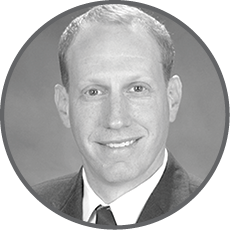
When we surgeons are first exposed to cataract surgery during residency and training, it tends to look straightforward and easy. It is not until we get inside the eye that reality sets in. No matter how many cataract surgeries we perform, no two cataracts are the same, and every eye behaves differently during surgery. When the eye is compromised by preexisting conditions such as a history of trauma, retinal surgery with vitrectomy, pseudoexfoliation, high myopia, or glaucoma, the situation becomes more complicated. Greater care and attention during nuclear disassembly are required to safely remove the cataract from these eyes without violating the posterior capsule.
The best way to remove a cataract has been debated since the introduction of phacoemulsification in 1967.1 From traditional divide and conquer and suprascapular flip techniques to femtosecond laser–assisted fragmentation and the use of mechanical devices, the list of methods to safely remove a nucleus is long. There is no one correct or best method. Oftentimes, the optimal technique depends on the density of the cataract and complexity of the case. Many of us have a go-to technique, but we must learn to modify it depending on the health of the eye and how the nucleus responds to surgical manipulations.
My experience training fellows has shown me that not all surgeons have the same skill set, understanding of the complexities of nuclear disassembly, or, most importantly, ability to pay attention to the details of how an eye responds to subtle movements inside it. We ophthalmologists have certainly benefited from advances in technology such as hyperpulse software to keep the phaco tip cool, femtosecond lasers to fragment and soften the nucleus and aid disassembly, and mechanical devices that can help divide extremely dense cataracts. We are also fortunate to have a variety of devices such as pupil expanders, OVDs of various molecular weights, and intraoperative medications that improve visualization and help protect delicate ocular structures during challenging cataract removal.
There is no conclusion to learning and improvement during our careers. Even after performing 50,000 cataract surgeries, I find myself challenged at times—and I still have complications. The importance of continuing our education cannot be overstated. We must review our videos, adopt new technologies, and watch and observe other surgeons both online and in person to continue advancing our skill sets and improving the outcomes we deliver to patients.
I am grateful to the contributors to this issue of CRST for sharing pearls to help us all become better surgeons.
Robert J. Weinstock, MD | Chief Medical Editor
1. Kelman CD. Phaco-emulsification and aspiration. A new technique of cataract removal. A preliminary report. Am J Ophthalmol. 1967;64(1):23-35.




